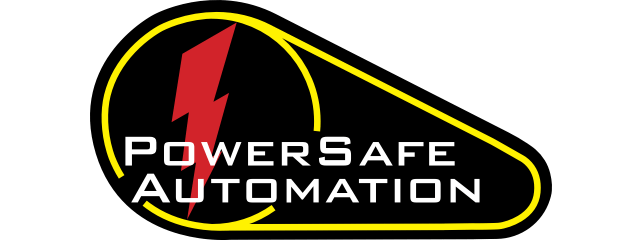FAQ
How Should and Shall Non-Driven Idler Rollers Be Guarded?
Even though non-driven idler rollers do not actively power or move material, they still pose serious safety risks such as in-running nip points, pinch hazards, and entanglement. According to OSHA and ANSI standards, they must be guarded if they present a risk to employees.
OSHA Compliance (1910.212 – General Machine Guarding):
"One or more methods of machine guarding shall be provided to protect the operator and other employees from hazards..."
This applies regardless of whether the roller is driven. If a rotating or freely turning roller is accessible and can trap body parts, clothing, or tools, it shall be guarded.
ANSI B11.0 and B11.19 Standards:
-
“Shall” = A mandatory requirement. If an idler roller poses a recognized hazard, it shall be guarded.
-
“Should” = A recommended practice. Guarding is encouraged even in borderline cases to promote a proactive safety culture.
Best Practice Guarding Options:
-
Fixed guards to block direct access
-
Barrier guards around roller ends and pinch points
-
Mesh panels or enclosures that allow visibility but prevent reach
-
Presence-sensing devices for access-controlled zones (if applicable)
Summary:
If a non-driven idler roller presents a hazard, guarding is mandatory under OSHA. Even if not legally required in borderline cases, guarding is strongly recommended ("should") as part of best practices for injury prevention and compliance.

